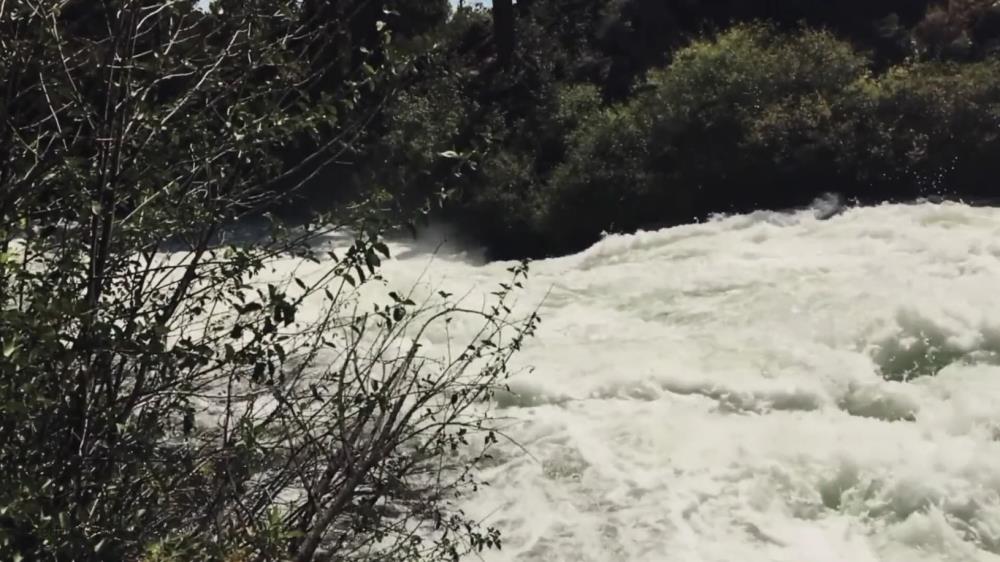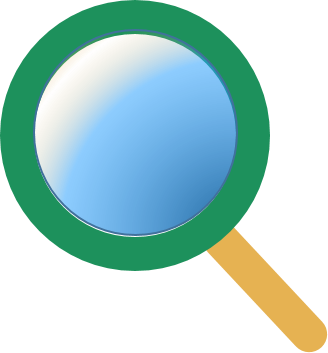
Related items loading ...
Section 1: Publication
Publication Type
Thesis
Authorship
Zanatta, C.
Title
Spatiotemporal Variability in Groundwater–Surface Water Exchange Within a Perennial Stream: Alder Creek, Southwestern Ontario
Year
2025
Publication Outlet
University of Waterloo, uwspace, theses
DOI
ISBN
ISSN
Citation
Abstract
Groundwater discharge plays a crucial role in sustaining streamflow within creeks and rivers year-round while also supporting the aquatic life that live in them. However, due to numerous external pressures such as increased groundwater usage, changes in land uses, and climate change, these water bodies are under increased strain, putting increased emphasis on the need to protect and preserve them. To do this requires an increased understanding of groundwater-surface water interactions, which are complex processes that are challenging to accurately identify and quantify. This work seeks to strengthen understanding of these complex processes. This involved the application of numerous small-scale techniques related to temperature readings, infrared imaging and hydraulic gradients to locate zones of groundwater discharge during reconnaissance of a moderately sized watershed to identify suspected gaining reaches for further study. At these identified study sites, detailed studies were completed to verify the reconnaissance results, quantify the groundwater-surface water exchange and assess its seasonal and temporal variability. This was done through the application of a combination of techniques, which involved monitoring hydraulic gradients, estimating streambed hydraulic conductivities, using temperature profiles and Darcy’s law to estimate groundwater fluxes, developing flow nets of study reaches, and performing differential stream gauging. The reconnaissance proved effective at identifying signs of groundwater discharge throughout the watershed, based on clusters of cold streambed readings and infrared imaging differentiating groundwater discharge near and along the streambank from their surroundings based on temperature contrasts. The reconnaissance ultimately led to the identification of two sites exhibiting groundwater discharge conditions. At these study sites, groundwater discharge conditions were confirmed based on upward hydraulic gradients, upward Darcy fluxes and largely upward temperature profile fluxes, in depth follow up infrared imaging, and differential stream gauging identifying gaining conditions. Based on the point scale techniques of Darcy fluxes and temperature profile fluxes, groundwater-surface water exchange was found to exhibit similar spatial patterns with groundwater discharge appearing often highest in the areas of the study reaches where discharge was identified during the reconnaissance while signs of recharge were also found, highlighting the spatial variability along the reaches of study. While effective at assessing spatial variability, these point measurement techniques were unable to accurately quantify groundwater discharge because they greatly underestimated the benchmark of differential stream gauging. This was attributed to the point measurement technique’s ability to only account for the vertical component of groundwater discharge, which was found to be small, indicating a significant alternative source of groundwater discharge. Based on a lack of instrumentation immediately at the streambanks, and visible discharge at some streambank locations, the discrepancy was attributed to groundwater discharge near the streambanks. Flow nets were initially unsuccessful in accounting for this significant component of groundwater discharge, which was attributed to the inability to accurately represent the high hydraulic conductivities near the streambank because of limited field data. When applying a higher, but reasonable, hydraulic conductivity value, the estimates of discharge were much more in line with differential stream gauging estimates, suggesting a significant component of groundwater discharge entering near the streambank. Groundwater-surface water exchange was also found to be influenced by temporal variability, as seen by the increase in groundwater discharge measured between the winter and summer using the point measurement techniques. Hydraulic conductivities were influenced by changes in water viscosity, while bi-weekly and continuous monitoring of vertical and horizontal hydraulic gradients indicated the presence of groundwater discharge conditions and showed variability with time. Continuous datasets provided even greater insight, including identifying seasonal trends and the reversal of hydraulic gradients in responses to extreme flow events. Continuous monitoring, though differential stream gauging, also indicated variability in groundwater-surface exchange over the overall gaining stream reach. These results highlight the importance of considering variability when assessing groundwater- surface water interactions. The findings of this study make clear the significant complexity that exists with regards to groundwater-surface water interactions, and the many challenges that must be considered in order to better comprehend these processes.
Plain Language Summary


 GWFNet
GWFNet Master
Master Data
Data Research
Research Map
Map
 Advanced
Advanced Tools
Tools
 . . .
. . .
 Metadata Editor
Metadata Editor
 Record List
Record List
 Alias List Editor
Alias List Editor
 Legacy sites
Legacy sites